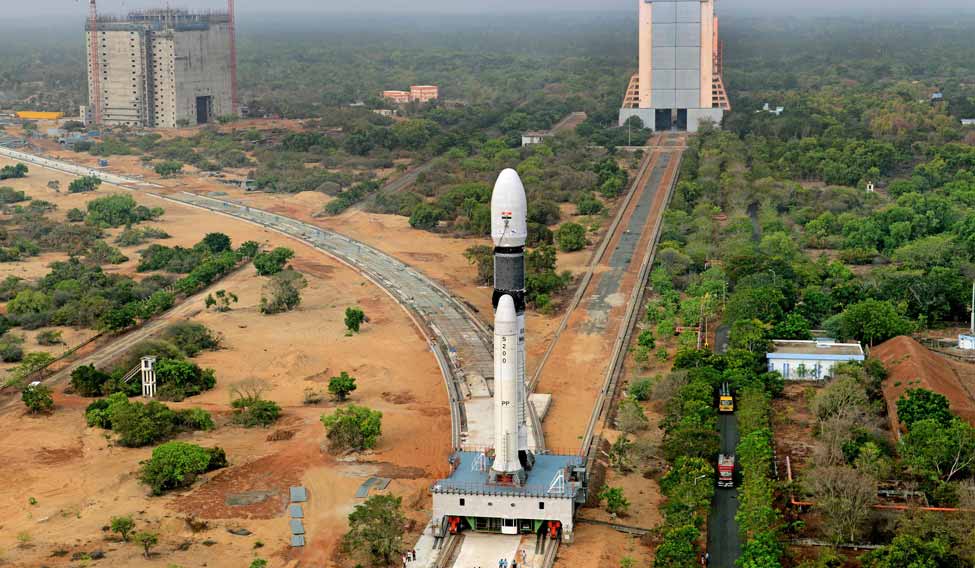The weather has turned for the better. Light clouds dot the sky. There's been some drizzling and the breeze is pleasant, bringing in salt-tinged air to the Sriharikota Range (SHAR), where the countdown has begun at Launchpad-II for the heaviest ever launch by India's pride, the Indian Space Research Organisation (ISRO).
The flight is scheduled to take off at 5:28 pm. This is the first developmental flight of GSLV Mk III, nicknamed the Fat Boy, and the vehicle which India hopes to use to launch its astronauts to the space some day in future.
Fat Boy is a 4K rocket, which means it can take payloads of up to 4,000 kg into the Geosynchronous Transfer Orbit (GTO), and more importantly, 10,000 kg into the Low Earth Orbit (LEO). It is the LEO that the human space flight will target.
ISRO's warhorse Polar Space Launch Vehicle, a 2k rocket, though tested to capacities beyond that the world had imagined, has its limitations. It cannot launch humans to space, and India needs a bigger rocket for its future—for more ambitious explorations.
From January 2014, the vehicle has achieved four consecutive successes. Notably, ISRO has not had as successful a track record with GSLV as it has had with PSLV.
The developmental flight, however, is taking a geostationary communication satellite, with a payload of 3,136 kg. The design and development of the Cryogenic Upper Stage (CUS) is indigenous and flight-proven. The S200 strap-on-motor is an uprated version of the S139 solid core motor of PSLV and GSLV Mk II. The L 110 core liquid booster also has two clustered Vikas engines used in previous rockets.





